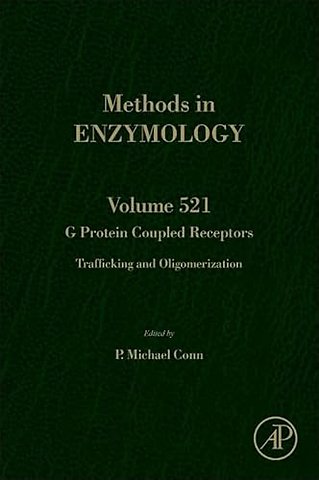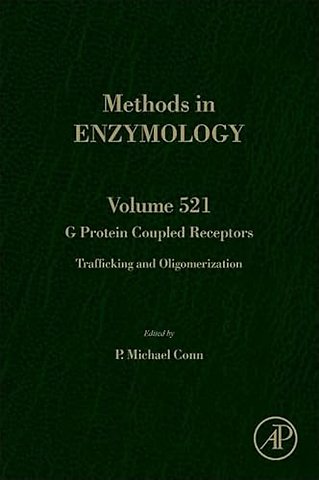<ol><U> <p>GPCR Trafficking<br></p> <ol></U> <p> <li>Therapeutic Rescue of Misfolded/Mistrafficked Mutants: Automation-Friendly High Throughput Assays for Identification of Pharmacoperone Drugs of GPCRs</li> <li>Trafficking of the Follitropin Receptor</li> <li>Single Molecule Imaging Technique to Study the Dynamic Regulation of GPCR Function at the Plasma Membrane</li> <li>GPCR Oligomerization and Receptor Trafficking</li> <li>b-Arrestins and G Protein-Coupled Receptor Trafficking</li> <li>Tracking Cell Surface Mobility of GPCRs Using α-Bungarotoxin Linked Fluorophores</li> <li>Regulatory Mechanism of G Protein-Coupled Receptor Trafficking to the Plasma Membrane: A Role for mRNA Localization</li> <li>Dissecting Trafficking and Signaling of Atypical Chemokine Receptors</li> <p><br><U>Trafficking Motifs</p></U> <p> <li>Systematic and Quantitative Analysis of G Protein-Coupled Receptor Trafficking Motifs</li> <li>Identification of Endoplasmic Reticulum Export Motifs for G Protein-Coupled Receptors</li> <li>Amino Acid Residues of G-Protein Coupled Receptors Critical for Endoplasmic Reticulum Export and Trafficking</li> <U> <p>GPCR Oligomerization</p></U> <p> <li>G Protein-Coupled Heteromers Regulation in Disease</li> <li>Hetero-Oligomerization and Specificity Changes of G Protein-Coupled Purinergic Receptors: Novel Insight into Diversification of Signal Transduction</li> <li>Bimolecular Fluorescence Complementation Analysis of G Protein-Coupled Receptor Dimerization in Living Cells</li> <li>G-Protein Coupled Receptor Heterodimerization in the Brain</li> <li>Experimental Strategies for Studying G Protein-Coupled Receptor Homo- and Heteromerization with Radioligand Binding and Signal Transduction Methods</li> <li>Analysis of GPCRs Dimerization Using Acceptor Photobleaching Resonance Energy Transfer Techniques</li> <li>Techniques for the Discovery of GPCR-Associated Protein Complexes</li> <li>Expression, Purification and Analysis of GProtein-Coupled Receptor Kinases</li> <li>Modern Methods to Investigate the Oligomerization of Glycoprotein Hormone Receptors (TSHR,LHR, FSHR)</li> </ol> <p> </p></ol>

